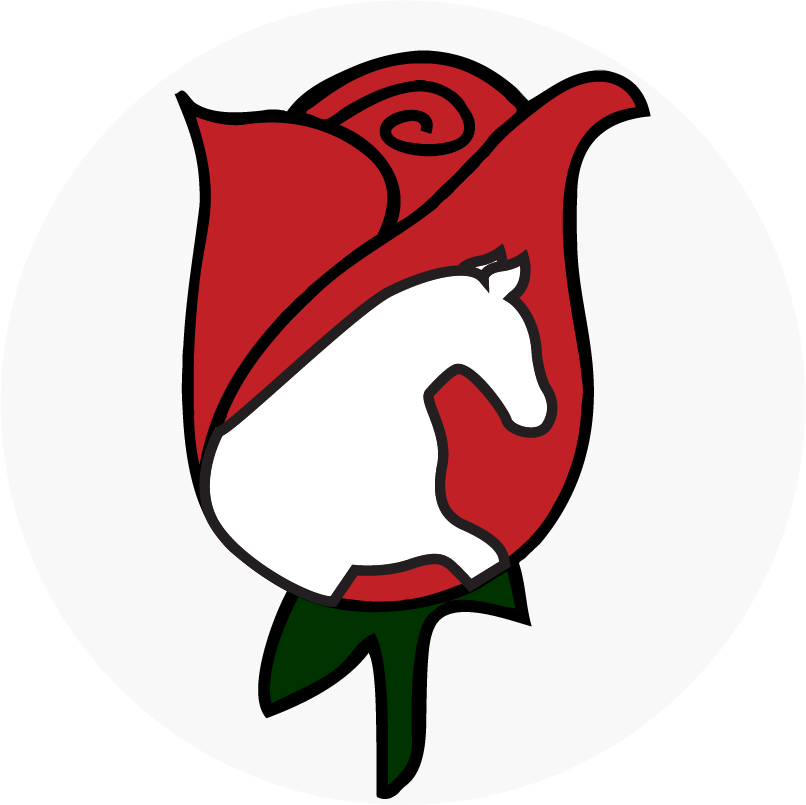A Balanced Connection: Discovering the Dynamic Link between Rider and Saddle Fit
Good Rider. Bad Rider.
We look at ourselves and other equestrians and label them in our minds as either good or bad/skilled or unskilled. However, how many of us consider the saddle when judging the rider?
Let us take a different kind of athlete, say, a hockey player, and give him skates that have not been sharpened correctly along with protective gear that doesn’t fit and is restrictive. How well would he play? Horribly, most likely, yet we’d automatically see him as unskilled.
We are quick to jump to conclusions, rarely taking a moment to truly analyze a situation and try to understand any underlying issues that may be the cause of what we are seeing. This is true of how many riders judge their horses as well, but that is a whole other discussion.
When looking at a rider, we see their position in the saddle. Where is their leg? How is their posture? Where are the toes pointed? Can they sit the trot? Can they sit the canter? Are they aligned (shoulder-hip-heel)? Do they look behind the movement? Are they crooked?
The answer to each of these questions doesn’t necessarily tell you of their skill as a rider. If they are in a saddle that isn’t suitable for them, they simply cannot ride for the same reason a horse cannot go well in a poorly fitted saddle. Whether consciously or not, the body adjusts to protect itself from discomfort, pain, and the possibility of injury.
When a rider sits in a chair seat, it could be because the seat at the lowest point is too narrow and their seat bones are not supported.
It could be because the saddle is formed like a roof top at the front and places excess pressure against the highly sensitive pubic symphysis.
It could be because the stirrup bars are not the appropriate length for the riders upper-lower leg ratio, or not positioned properly for that rider and pulls the leg forward.
When a rider turns her toes/knees out, it could be due to a too-wide twist in the saddle. Or, caused by her having to sit further back because of the above mentioned issued with the seat or front seam.
When a rider cannot sit the trot or canter, it could be due to being placed too far back by the design of the saddle itself, or making proper shoulder-hip-heel alignment impossible. The rider could be tense in trying to hold a correct alignment that any oscillation in the seat cannot be achieved, thus making them bounce around like a sack of potatoes.
You can only be as good as your equipment allows you to be. Remember this the next time you want to judge a rider or feel down on your own riding.
Saddle fit to rider is more important than saddle fit to horse. A saddle that is fitted to the horse, but is not appropriate for the rider, will still cause damage to the horse due to the unbalance and pressure caused by the rider.
Anything that has to be forced or held position-wise, will prevent a soft seat and turn you into a jackhammer on the horses back, making them tense their back and alter their gait and posture in response. Riding a horse is similar to standing, without alignment and balance, there is no shock absorption and both horse and rider will suffer from constant concussion.

